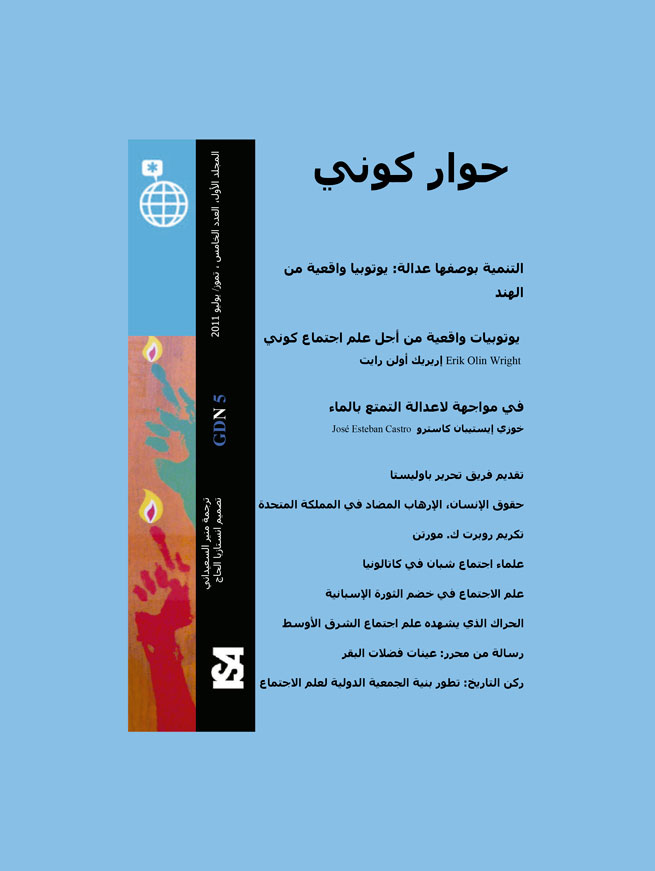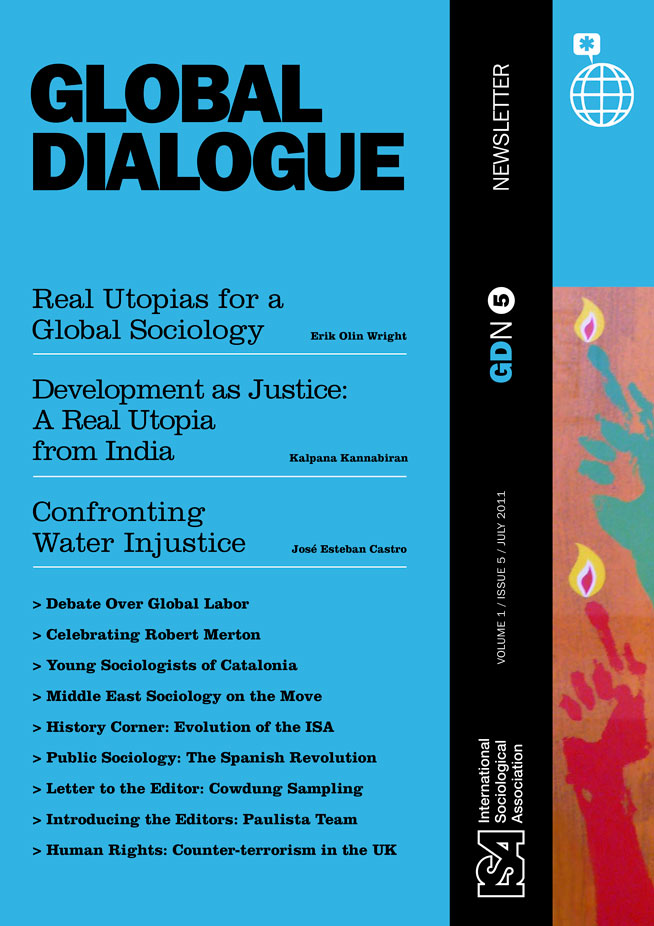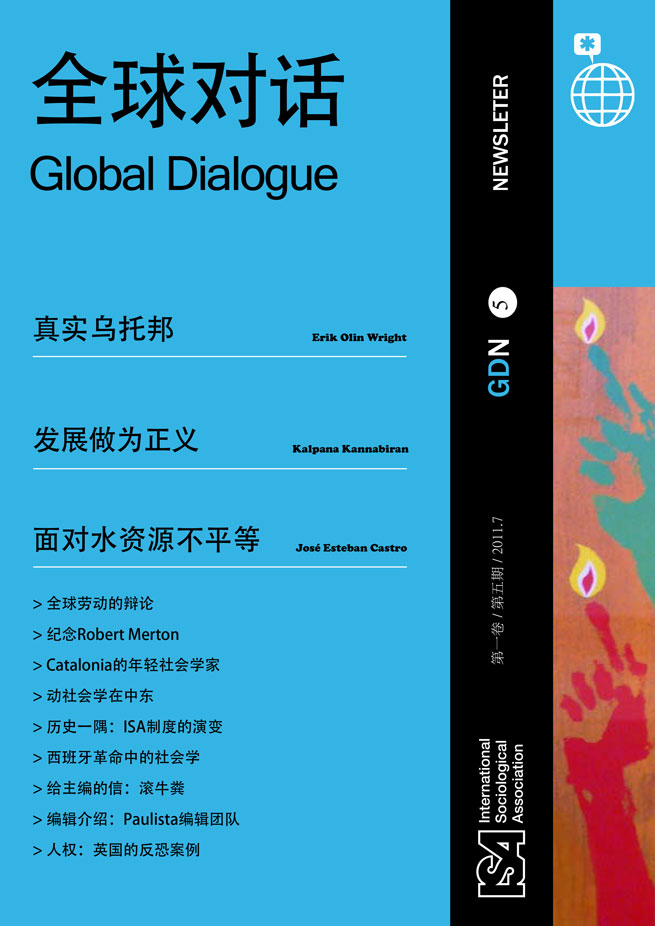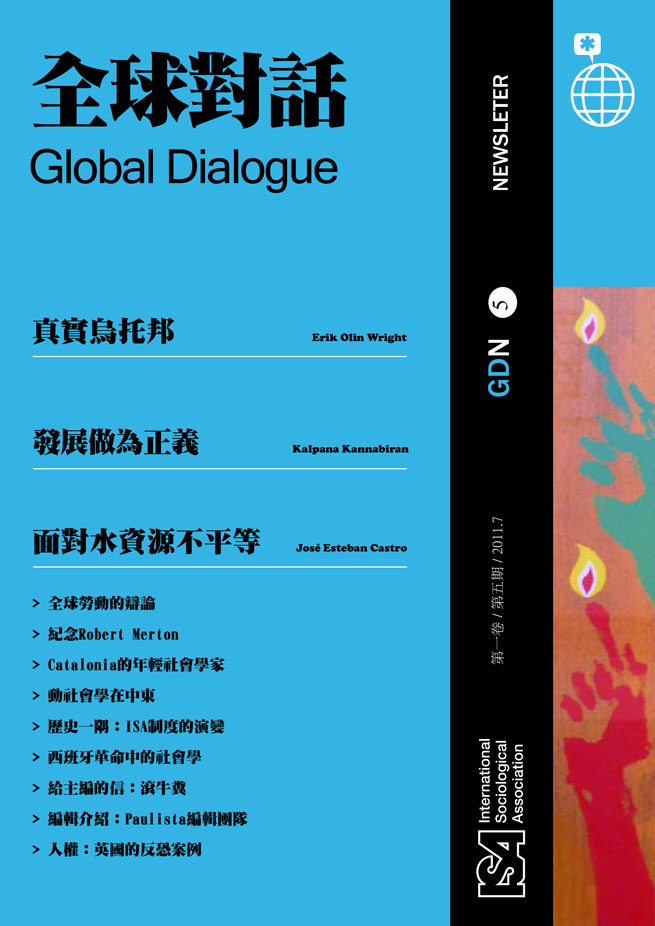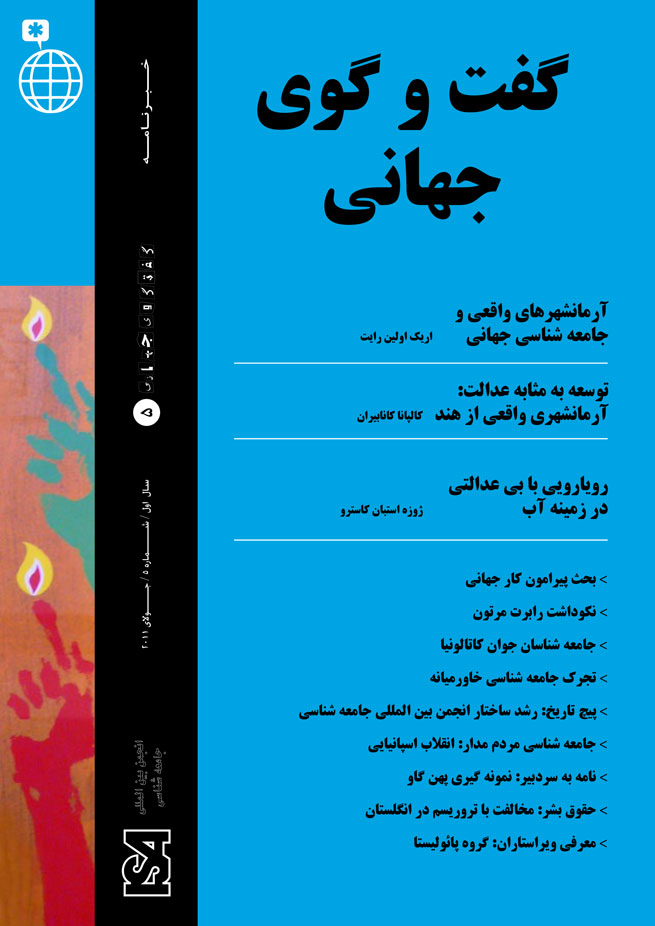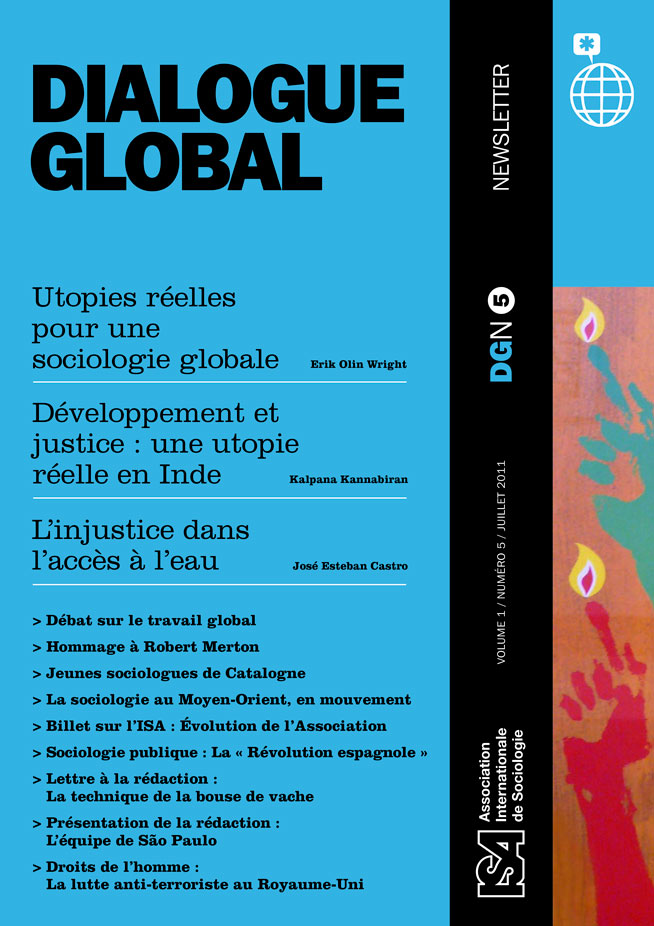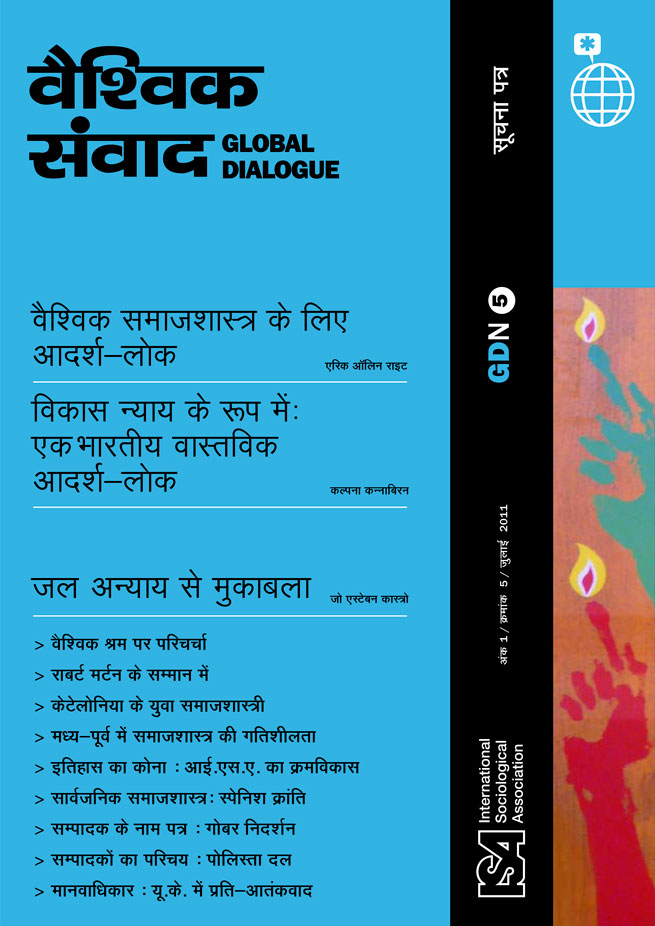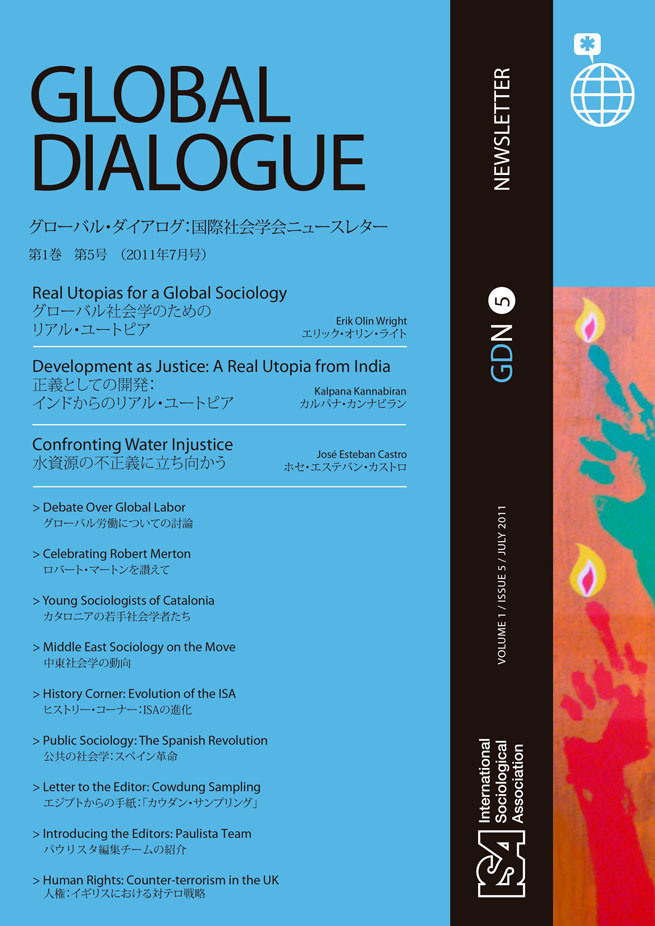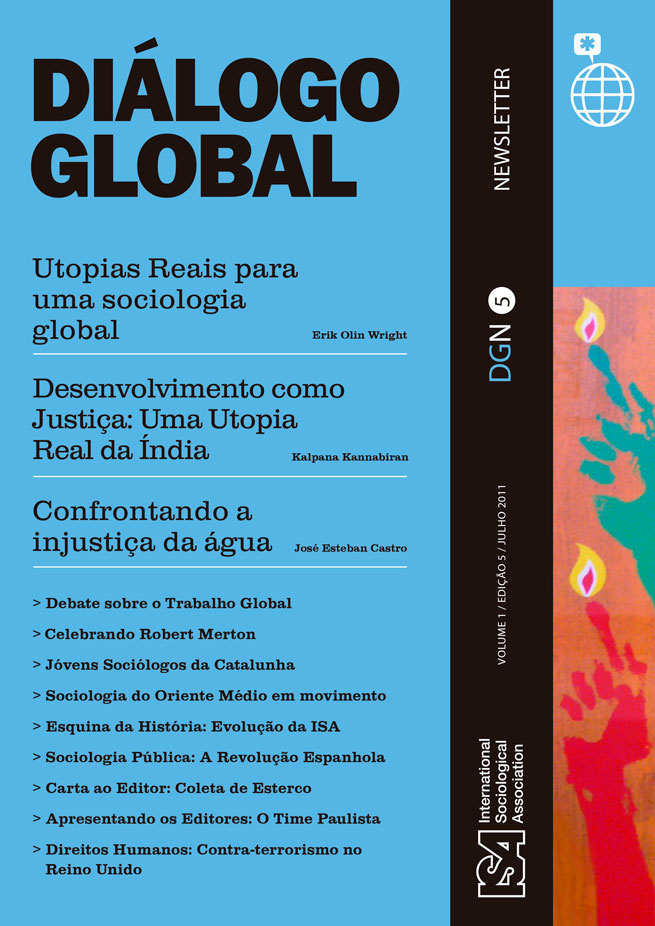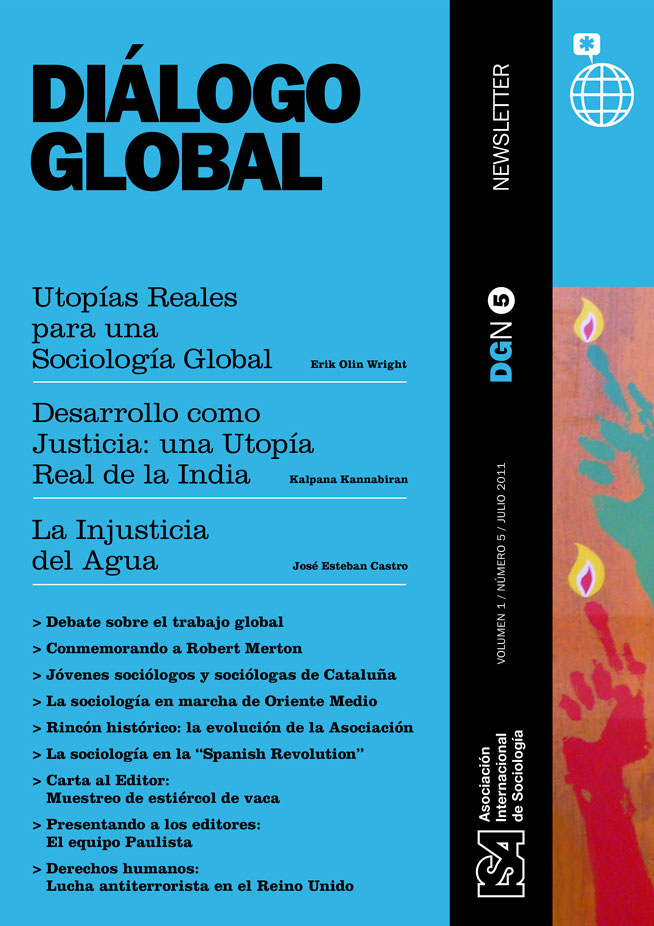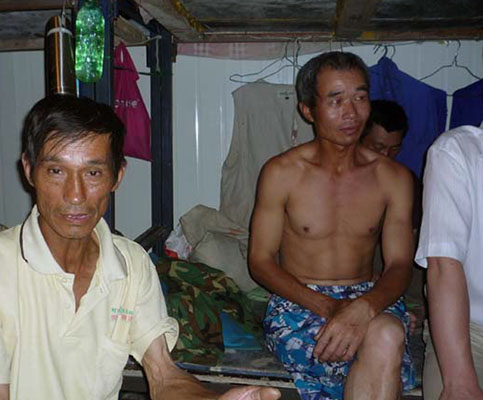Read more about Debate over Global Labor

Global Labor – A Mexican Perspective
by Enrique de la Garza
Global Labour – A South African Perspective
by Edward Webster
July 18, 2011
The acceleration of the ‘extended reproduction’ of capitalism on a global scale has contributed to a rapid remaking of class relations in China and the rest of the world. Edward Webster (in this issue of Global Dialogue) talks about the possibility of a new form of transnational solidarity that might foster the unity of the world’s labor movement. I share the same dream and I would like to contextualize the local struggle in China within a global perspective. We all know that the advance of technology and information creates hyper-mobile flows of capital, and the trans-nationality of new labor continues to shatter existing class relations. However, Western academic ‘farwell to the working class’ or the end of ‘class analysis’ hasn’t made class relations obsolete. Instead, the issue of class and class conflicts were carried with capital flight into the Third World societies, putting China at the forefront of the struggle.
The birth of a new working class in China
Over the past 30 years, the reformist state and global capital have jointly turned China into the ‘workshop of the world’, creating a new working class of over a few hundred millions. In alliance with the international labor movement, and without optimism, we nonetheless have to maintain an unfailing spirit to confront this global nightmare. If China is now the dream for global capital looking for new forms of capital accumulation with an unimaginable pace and scale, I will argue it simultaneously creates a global nightmare for the new working class. Now is only the beginning of their struggles.
In recent years the term ‘workshop of the world’ has been commonly used to describe the capacity of China for global production. When global capital relocates to China it is not only looking for cheap labor and low prices of land, it is also looking for diligent, skilled and well-educated Chinese internal migrant workers who are willing to work in appalling conditions, who are suitable for just-in-time production, and who are also potential consumers for global products. The repositioning of China as a ‘workshop of the world’ hence provides the bedrock for nurturing a new Chinese working class.
It has been widely recognized that workers around the world are pitted against each other in a game of ‘race to the bottom’ over who will accept the lowest wages and benefits, and the most miserable working and living conditions. In this game, China appears to have been setting the ‘floor’ for the world’s workers for labor intensive export industrialization. SACOM (Students and Scholars against Corporate Misbehavior) – a transnational organization which aims to link students to worker struggles – has documented widespread abuses of Chinese workers’ rights by transnational corporations over the past decade. Wage arrears, forced and excessive overtime, and dreadful health and safety conditions are commonplace. This global capitalist market force is somehow facilitated by the post-socialist Chinese state by means of restrictions on freedom of association and the right to strike.
Labor activism of migrant workers in China
The new Chinese working class is in the process of changing and restructuring. Reform-era China has seen the development of class differentiation, class conflicts and class polarization. Lacking institutional channels to voice their grievances, subordinate classes now mobilize mass protests to demonstrate their discontent and to resist oppression. Official statistics reveal that between 1993 and 2005, the number of mass protests had risen nationwide from about 10,000 to 87,000 cases – nearly 20 percent average annual increase. Also, the number of participants in these protests has increased from 730,000 to more than 3 million, and, it should be noted that 75 percent of these protests were initiated by workers and peasants. These protests have not only increased in number, but also in average size, social scope, and degree of organization.
The further polarization of class relations in China has found its expression in the current intensified labor conflicts and proliferating labor activism. Collective struggles such as demonstrations demanding pensions, road blockages by unpaid angry workers, collective legal actions against illegal compensations are no longer exotic news. Whether in private, foreign, or state enterprises, protests are becoming more confrontational, and sometimes protesters even attack government buildings, ending in violent clashes with police. There is ample evidence that migrant workers are becoming more pro-active in defending their rights, and they mobilize actions of various types, which include individual and collective actions, direct and legal actions. That is to say, the collective actions of migrant workers are not restricted to using established institutional or legal means to advance their interests. They are also undergoing a process of ‘radicalization,’ through their strikes, street actions and demonstrations. Although the development of an organized class-force is being restricted, factory level strikes, work stoppages, collective bargaining on wages, the launching of collective complaints, actions designed to give them media exposure or even attacks on the state apparatus are common means used by migrant workers to express their dissatisfactions and to demand change.
The challenge facing the labor struggle
Obviously there are structural barriers that constrain the struggle of the new Chinese working class. I once argued that the new working class has undergone a never ending process of (semi-)proletarianization but now the new generation is experiencing a tremendous ‘spiritual enclosure’ in the industrialized towns and cities where they work.
The world history of labor shows us that the formation and maturity of the working class usually took root among second and third generations of rural workers who came to work in industrial cities. This is the process of proletarianization, which turns agricultural laborers into industrial workers by depriving the former of their means of production and subsistence; in fact, this theme runs through the history of world capitalism. As a result, the fate of workers depends on the process of capital accumulation and the extent of labor commodification. These workers neither own nor control the tools they use, the raw materials they process, or the products they produce.
When China transformed itself into the world’s factory and became a contemporary industrialized society, it re-enacted a common phenomenon in the world history of capitalism. What is special about China is its peculiar process of proletarianization: in order to incorporate the Chinese socialist system into the global economy, the Chinese authorities created the hukou system of registration, which, like the South African apartheid system of pass laws, called on rural workers to work in the city but not to stay in the city. For China’s new working class, industrialization and urbanization are still two highly disconnected processes, as many peasant-workers have been deprived of the opportunity to live where they work or work where they live. The local urban governments have had no incentive to take up the role of meeting the needs of collective consumption for the laborers in terms of housing, education, medical care, and other social provisions. The rural migrant workers were barred de jure, but not de facto, from living in urban centers by the hukou system and by class barriers that ensured that migrant workers with meager wages would be unable to settle down in urban communities. In sum, the process of proletarianization of Chinese peasant workers was shaped by a spatial separation of production in urban areas and reproduction in the countryside. This separation of spheres, however, has been ceding place to the rise of a dormitory labor regime, which offers a new combination of work and ‘home,’ which resembles early capitalist work-and-residence arrangements, and yet continues to segregate the worker from the city.
The resulting pattern is an unfinished proletarianization, which leads to a deepening sense of becoming incomplete, that is, of becoming nongmingong (a ‘quasi’ or ‘half’ worker in the industrial world). The individual, suffering from a sense of inadequacy, is subjected to a forced ‘wandering’. The gates of the urban and industrial world remain closed to the second generation of migrant workers. The nongmingong has had nowhere to go and nowhere to stay, as expressed in the workers’ poem: “You say your life is destined to a state of wandering” and you take this path of becoming nobody because you are neither a nongmin (peasant) nor a gongren (worker). “Never gonna regret, Even though you have to suffer from tremendous difficulty.” This is the motto of the new generation of dagong workers, who are trying to overcome their experience of incompleteness.
Conclusion
In sum, the process of proletarianization in Reform-era China has created a new working class that is increasingly conscious of, and prepared to participate in, various forms of collective action. The ‘enclosure’ of the second generation of migrant workers has nurtured an epidemic of spontaneous strikes in south China. We have observed the sense of self, the anger, and the collective action of the second generation of peasant workers, and we have noted that these workers exist squarely at the center of a grid of controls and dominations where workers themselves have to negotiate and articulate their own agency. Despite the structural barriers, the new working class conjures up an array of everyday, collective forms of insurgency, which threatens the forces of capital, and makes the state ever more determined to subdue them.
Pun Ngai, Hong Kong Polytechnic University
This issue is not available yet in this language.
Request to be notified when the issue is available in your language.
If you prefer, you can access previous issues available in your language:
